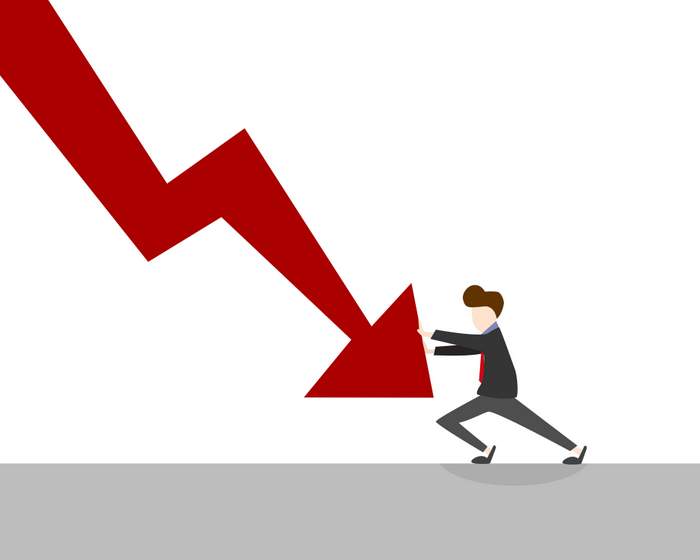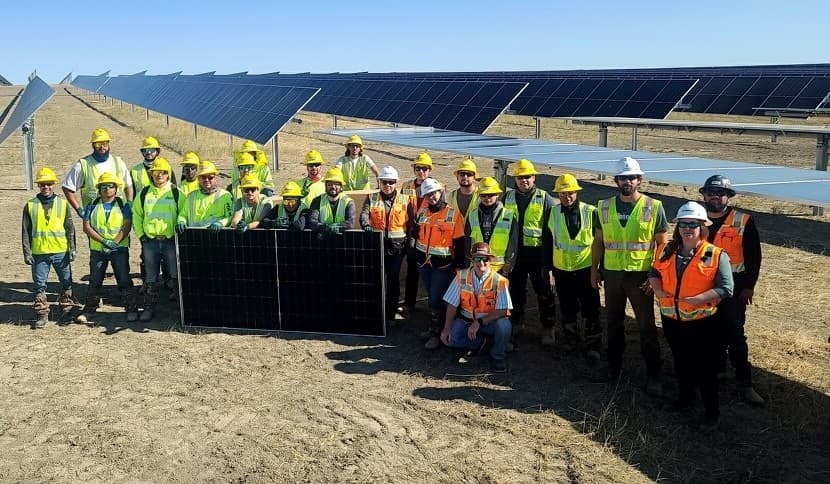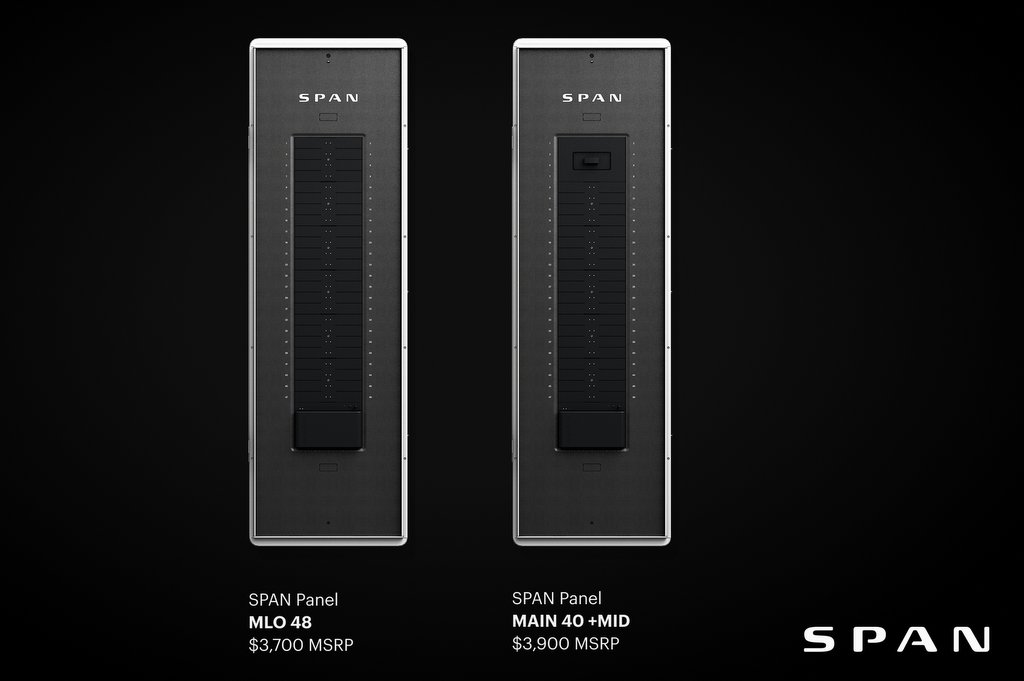Solar installation forecasts cut in half for 2022, 2023 due to trade case risk

The Auxin solar trade case, which is only being investigated by the Department of Commerce, is already reducing solar installation forecasts for 2022 and 2023 by 46%, according to new analysis by the Solar Energy Industries Association (SEIA).
The updated forecast, factoring in the halting of solar PV module and cell shipments from Southeast Asia and delayed and canceled project pipelines, projects a drop of 24 GW of planned solar capacity over the next two years, which is more solar than the industry installed in all of 2021.
In addition to the new analysis, SEIA has collected more than 700 survey responses to capture project-level data and the impact felt by companies.
- 83 percent of the 730 respondents said their module supply is delayed or canceled
- A total of 318 projects accounting for 51 GW of solar capacity and 6 GWh of attached battery storage are being cancelled or delayed.
- Fully $52 billion of private investment is at risk.
- 70% of survey respondents report that at least half their solar and storage workforce is at risk and
- More than 200 companies report that their entire workforce is at risk.
“If tariffs are imposed, in the blink of an eye we’re going to lose 100,000 American solar workers and any hope of reaching the President’s clean energy goals,” said SEIA president and CEO Abigail Ross Hopper. “This would be a monumental loss for our nation, which has the potential to lead our clean energy future, with the right policies.”
By 2025, imposition of tariffs will cause solar capacity to fall 75 GW short of the pace needed to reach the country’s goal, equal to the size of the entire U.S. solar market prior to 2020. In carbon terms, the lost solar deployment will cause the United States to emit an additional 364 million metric tons of CO2 by 2035.





Comments are closed here.